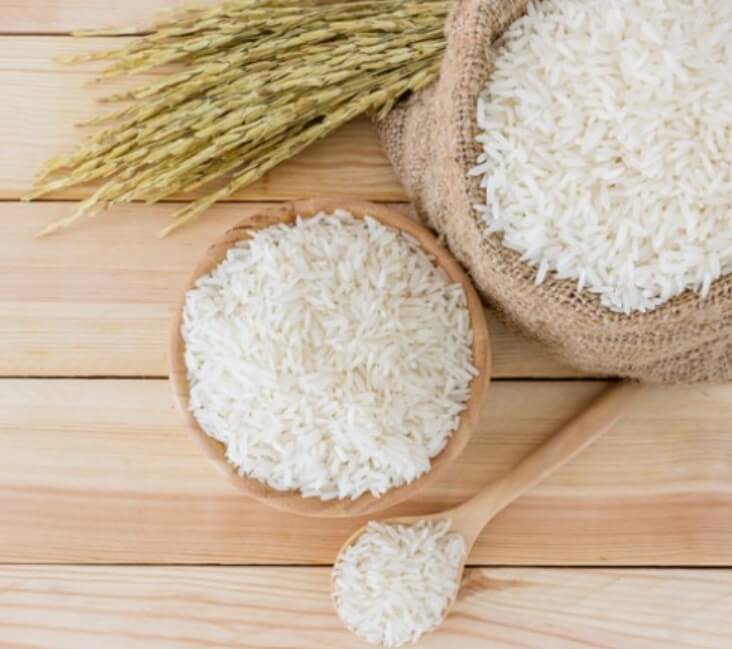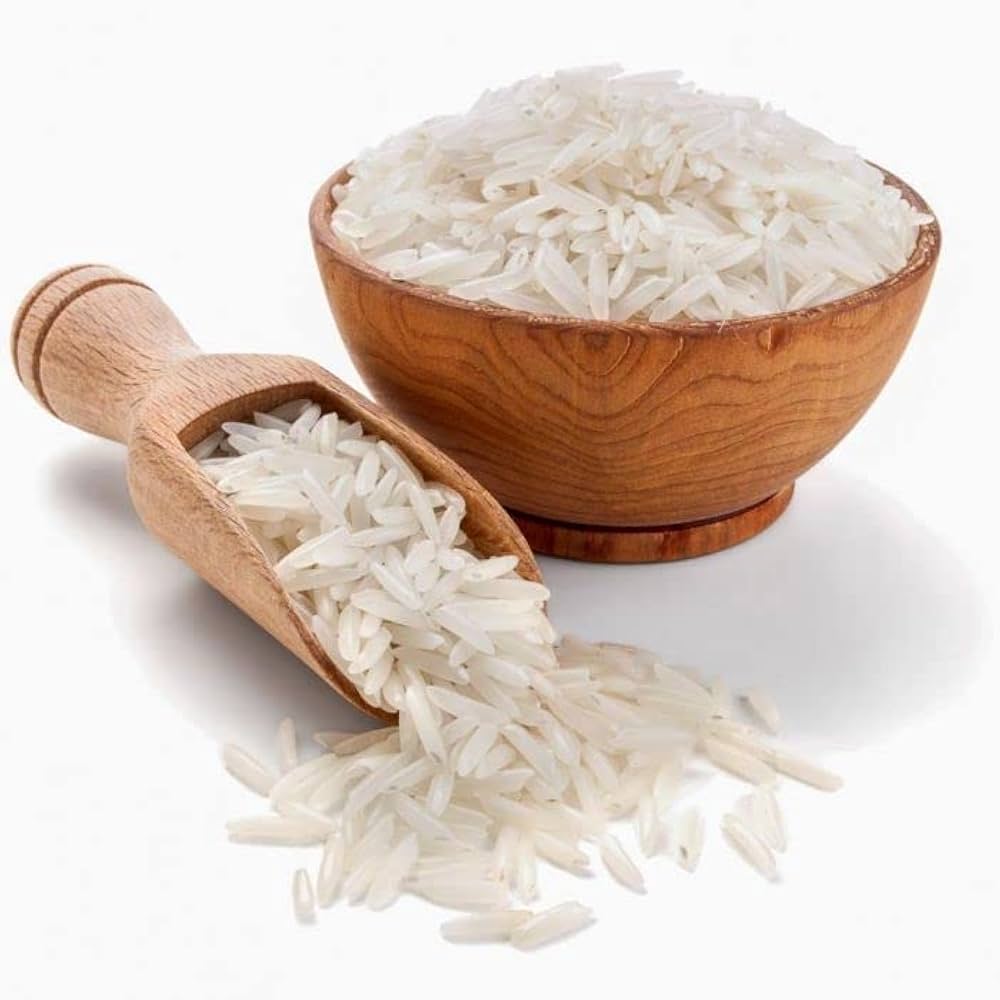India’s Expanding Global Reach in Rice and Pulses Export


India holds a prominent position in the global agricultural export market, thanks to its vast farmlands, diverse agro-climatic zones, and centuries-old farming heritage. Among its many agri-commodities, rice and pulses stand out due to their nutritional value, high demand, and production scale. With rising global consumption and shifting dietary patterns, rice export from India and pulses export from India have seen consistent growth over the years.
These two staples are central to diets in Asia, Africa, and parts of Europe and the Americas. India’s capacity to grow, process, and ship high-quality varieties has given it a competitive edge in the international trade sector. As global markets seek trustworthy suppliers, Indian exporters are stepping up with improved quality, streamlined logistics, and better understanding of international standards.
The Importance of Rice in India’s Export Economy
India is the world’s largest exporter of rice, accounting for over 40% of global rice trade. Basmati and non-basmati varieties are exported from different regions across the country, each with unique flavor profiles and grain characteristics. Punjab, Haryana, Uttar Pradesh, and West Bengal are leading producers of basmati rice, while states like Andhra Pradesh, Chhattisgarh, and Odisha contribute heavily to non-basmati output.
Rice export from India caters to over 150 countries, with major buyers including Iran, Saudi Arabia, Nepal, Benin, and Bangladesh. Both parboiled and raw rice varieties are shipped based on destination requirements. Exporters prioritize grain length, aroma, polish, and moisture content to meet specific buyer preferences.
Factors Driving India’s Rice Export Growth
Diverse Varieties: India offers long-grain, medium-grain, and short-grain rice, including basmati, sona masoori, and jeera samba.
Competitive Pricing: Large-scale production allows India to offer rice at globally competitive prices.
Improved Processing Infrastructure: Modern milling units ensure cleaner, better-graded, and hygienically packed rice.
Government Support: Policy incentives and relaxed export norms encourage the growth of rice export from India.
These advantages not only improve export volumes but also strengthen India’s position as a dependable partner in the global rice trade.
The Role of Pulses in Global Nutrition and Indian Exports
Pulses are essential for both human nutrition and sustainable agriculture. Rich in protein, fiber, and micronutrients, they form a crucial part of vegetarian diets. India, known as both the largest producer and consumer of pulses, is now steadily growing its export base to cater to international demand.
The most commonly exported pulses from India include chickpeas, lentils, pigeon peas (toor), urad dal (black gram), and moong dal (green gram). Canada, the UAE, Sri Lanka, the USA, and Nepal are among the top importers. As plant-based diets gain popularity worldwide, pulses export from India is poised for even greater demand in health-conscious markets.
Why Global Buyers Prefer Indian Pulses
Nutritional Richness: Indian pulses are known for their high protein content and minimal processing.
Varietal Diversity: India produces a wide range of pulse varieties suited for different culinary uses.
Sustainable Farming Practices: Pulses improve soil fertility and require minimal inputs, making them ideal for eco-conscious buyers.
Custom Processing: Exporters offer cleaned, polished, and split pulses as per the market demand.
The rise in vegan and vegetarian eating habits is directly contributing to increased volumes in pulses export from India, with several importers relying on Indian suppliers for consistent quality.
Quality Standards and Export Compliance
Indian exporters are increasingly aware of international quality benchmarks and regulatory requirements. Both rice and pulses must undergo strict inspection before shipment. Quality parameters include grain size, foreign matter, moisture content, and overall appearance.
For rice, quality testing often covers:
Whiteness or polish
Length-to-width ratio
Broken grain percentage
Aroma (especially for basmati)
For pulses, exporters test:
Purity level
Defect rate
Split percentage
Absence of weevils or insects
Exporters must also meet packaging requirements, labeling guidelines, and phytosanitary conditions. The Indian government has set up institutions like the Agricultural and Processed Food Products Export Development Authority (APEDA) to ensure compliance, especially for sensitive food categories.
Export Trends and Market Opportunities
Rice Export Trends

Shift Towards Premium Varieties: Demand for aromatic basmati rice is growing in Middle Eastern and European markets.
Higher Demand for Non-Basmati Rice: African and Southeast Asian countries prefer budget-friendly long-grain rice for daily consumption.
Private Label Exports: Indian exporters supply rice for supermarkets and food service businesses under various private labels.
As trade routes become more streamlined, rice export from India is expected to penetrate newer markets like Central Asia, South America, and Eastern Europe.
Pulses Export Trends
Rise in Organic Pulses: European countries are increasingly requesting certified organic varieties.
Split Pulses in Retail Packs: Packaged pulses are in demand in North America and the Middle East for retail chains.
Export of Specialty Pulses: Kalachana (black chickpeas) and arhar dal (pigeon peas) are becoming popular in ethnic and gourmet food stores abroad.
Overall, pulses export from India is gaining pace due to these evolving trends, making it a key component of the country’s agricultural trade strategy.
Conclusion
With growing expertise, better infrastructure, and expanding global demand, India continues to reinforce its status as a trusted supplier of essential food commodities. Both rice export from India and pulses export from India are contributing to the country’s agricultural prosperity and enhancing its role in global food security. Exporters are not only responding to traditional buyers but also tapping into emerging markets through innovation and service reliability.
For global buyers seeking dependable suppliers of rice and pulses, Hashini Food Products offers consistent quality, on-time delivery, and a strong understanding of international standards; making it a reliable partner in India’s agri-export sector.







